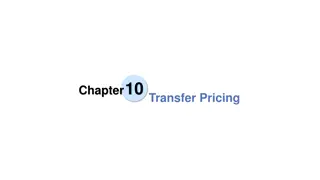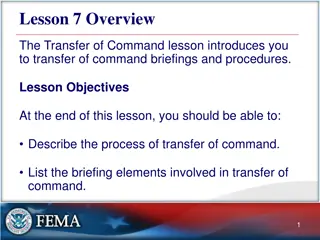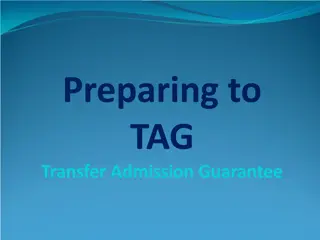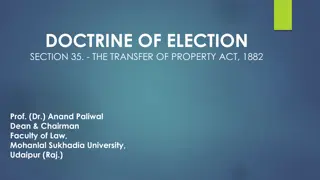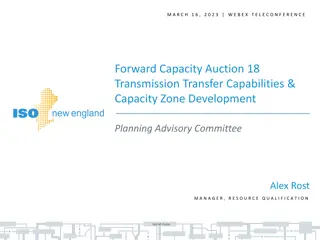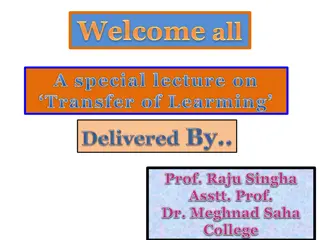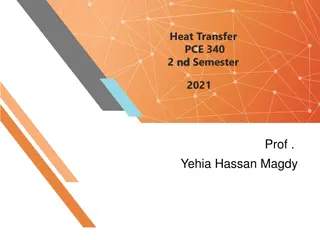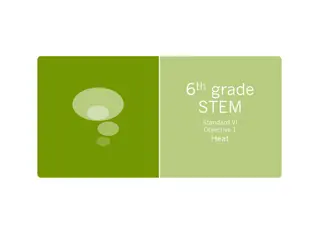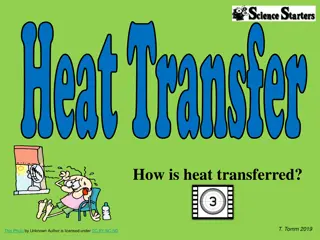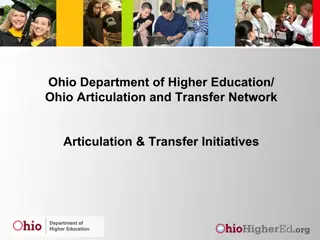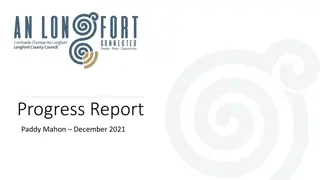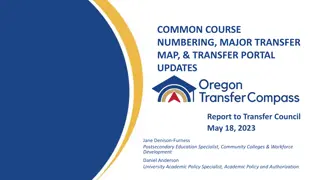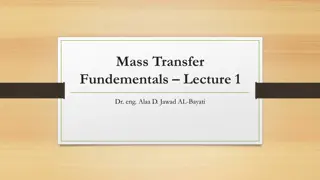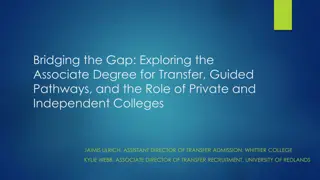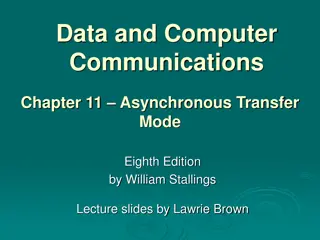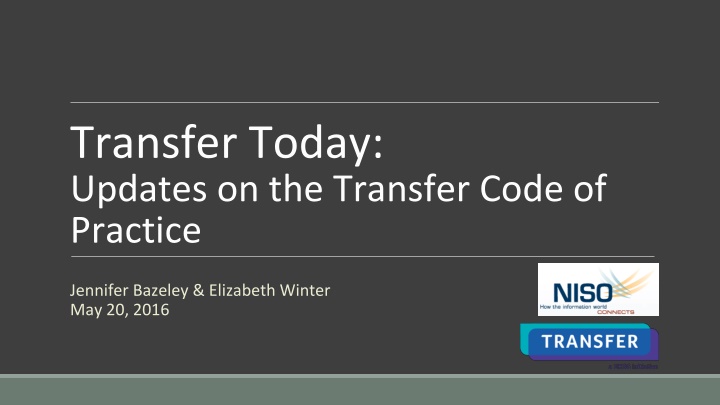
Unlocking the Importance of the Transfer Code of Practice
Discover the significance of the Transfer Code of Practice for journal publishers, its history, and the problems it aims to solve for librarians and publishers. Learn why Transfer is essential and how it addresses issues in transferring and receiving journal content effectively.
Uploaded on | 0 Views
Download Presentation

Please find below an Image/Link to download the presentation.
The content on the website is provided AS IS for your information and personal use only. It may not be sold, licensed, or shared on other websites without obtaining consent from the author. If you encounter any issues during the download, it is possible that the publisher has removed the file from their server.
You are allowed to download the files provided on this website for personal or commercial use, subject to the condition that they are used lawfully. All files are the property of their respective owners.
The content on the website is provided AS IS for your information and personal use only. It may not be sold, licensed, or shared on other websites without obtaining consent from the author.
E N D
Presentation Transcript
Transfer Today: Updates on the Transfer Code of Practice Jennifer Bazeley & Elizabeth Winter May 20, 2016
What is Transfer? A voluntary code of practice for journal publishers containing best practices for transferring and receiving journals. Governed by a standing committee of librarians, publishers & other intermediaries More than 60 endorsing publishers
Why is Transfer Important? Unpleasant Surprises Where s the journal content I paid for?
Problems for Librarians Significance of problems caused Very significant 36% Fairly significant 55% *ICOLC/Transfer survey, May 2011 164 respondents 65% North America, 14% Europe, 14.5% Asia-Pacific
Problems for Librarians Subscription information: 39.7% have often experienced problems Most significant problem areas = Access to current content Time spent on amending records *ICOLC/Transfer survey, May 2011 164 respondents 65% North America, 14% Europe, 14.5% Asia-Pacific
Problems for Publishers June 2011 TRANSFER survey of publishers* Subscription information: Over 70% often or sometimes had problems as transferring publishers in this area. Subscription information was also the most problematic area for publishers receiving journals, where 80% often or sometimes had problems. *In both transferring and receiving roles. 151 respondents: 34 commercial, 16 society, 8 non-profit, 7 university press
Problems for Publishers June 2011 TRANSFER survey of publishers* 60% had no central coordinator Many unsure of communications to key third-parties *In both transferring and receiving roles. 151 respondents: 34 commercial, 16 society, 8 non-profit, 7 university press
Brief history of Transfer 2006: Established in 2006 as a UKSG working group 2007: Version 1.0 of the Code released 2008: Version 2.0 of the Code released 2010: Publisher/Librarian Co-Chairs: Alison Mitchell (Springer Nature) and Elizabeth Winter (Georgia Tech) Early 2015: Became a NISO Recommended Practice 2015: Version 3.0 of the Code released under NISO
What does Transfer do and provide? Transfer Code of Practice (v. 3) http://goo.gl/JiSQHf Educational & Support Activities presentations and publications http://www.niso.org/workrooms/transfer/papers_pres/ Transfer Alerting Service over 600 registrants http://etas.jusp.mimas.ac.uk/
Highlights of the Transfer Recommended Practice For the Transferring Publisher and the Receiving Publisher: Access to the title: Includes ensuring continued access to customers where the Transferring Publisher has granted perpetual access rights Digital content files current (born digital) and archive (digitized from print), if available: Covers transfer of digital files Subscription lists: Covers early transfer of the subscription lists and an outline of subscriber data types
Highlights of the Transfer Recommended Practice For the Transferring Publisher and the Receiving Publisher: Journal URL: Covers transfer of journal-related domain name(s) and provision of a link or redirect to the new journal home page Communication: Covers communication to customers (including electronic table of contents alert recipients) and relevant intermediaries DOI name ownership: Covers changes to Digital Object Identifier (DOI) name ownership
Transfer Alerting Service (TAS) http://etas.jusp.mimas.ac.uk/
Database Browse
Database Entry
Database Search
Database Search
Export to CSV
Transfer Listserv
Listserv Functions
Listserv Workflow
E-Mail Workflow
E-Mail Workflow
2016 TAS Survey Early 2016 Distributed on TAS Listserv TAS Database Web Site NISO Transfer site 112 respondents 93.4% library 5.66% publisher 0.94% library systems vendor
TAS Survey Results 94% satisfied with the formats offered by the alerting service (.csv, email, RSS feed, etc.) 93.5% satisfied or very satisfied with the content of the alerts
TAS Survey Results
TAS Survey Results
TAS Survey ResultsNotable Comments How did you keep track of transferring journals before using the TAS? I relied on publishers or subscription agents to tell me. Visiting each publisher's page. Subscribing to publishers' emails. I didn't. Print notebook - VERY inefficient! With great difficulty! Randomly. Badly.
TAS Survey ResultsNotable Comments Is there anything else that would make the service more valuable for you? Is there any functionality you think should be added? Maybe an API Might work well as a Twitter feed More publishers notifying their journal transfers I just wish that more folks adhered to the TRANSFER guidelines/Code of Practice... they're so valuable & useful <sigh>.
Whats Next for Transfer? 2016 priority goals: Goal 1: Future development of the TAS Goal 2: Outreach, education and training Goal 3: Evolution of the Recommended Practice Other areas of focus: Marketing Transfer Encouraging publisher endorsement New logo soon, we hope
Links Transfer at NISO (NISO RP-24-2015) http://www.niso.org/workrooms/transfer/ Transfer Notifications http://www.niso.org/workrooms/transfer/notifications/ Transfer - Participating Publishers http://www.niso.org/workrooms/transfer/transfer_publishers/
Articles Bannerman, Ian, Nancy Buckley, and Jennifer McMillan. 2008. "Project Transfer: A Publisher's Perspective." Serials Librarian 55, no. 3: 411-418. Beals, Nancy and Paul Harwood. 2012. "Project Transfer: Findings from the Surveys of Publishers and Librarians Undertaken in 2011." Serials Librarian 63, no. 2:213-228. Hutchens, Chad. 2011. "Journal Title Transfers: The Process, the Complexities, the Problems, and What the Transfer and KBART Working Groups are Doing to Address Them." Serials Librarian 61, no. 3-4: 389-395. Mitchell, Alison, and Elizabeth L. Winter. 2012. Project Transfer comes of age? Learned Publishing 25, no. 2: 87-92. Phillpotts, James, Devenport, Tim, and Alison Mitchell. 2015. Evolution of the Transfer Code of Practice. Learned Publishing 28, no. 1: 75-79. (Also, thanks to Alison Mitchell and James Phillpotts for some of this presentation content!)
Contacts Elizabeth Winter elizabeth.winter@library.gatech.edu Jennifer Bazeley bazelejw@miamioh.edu



